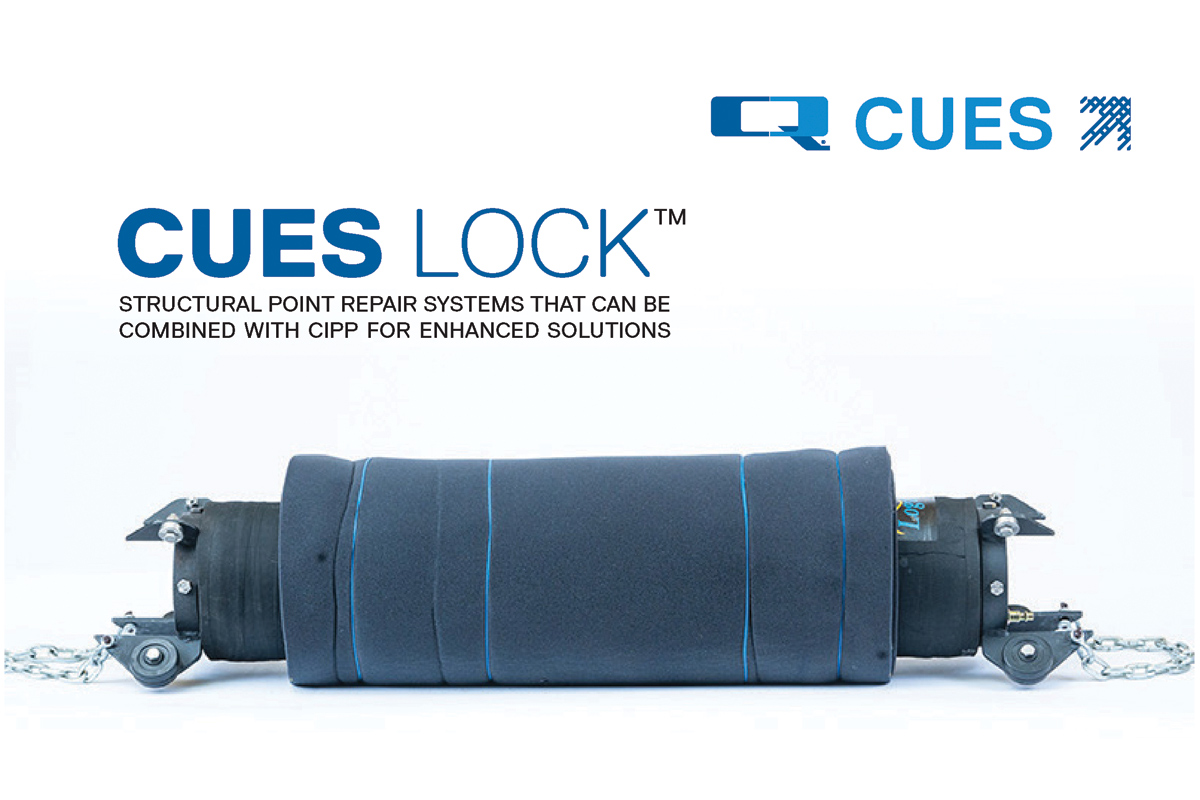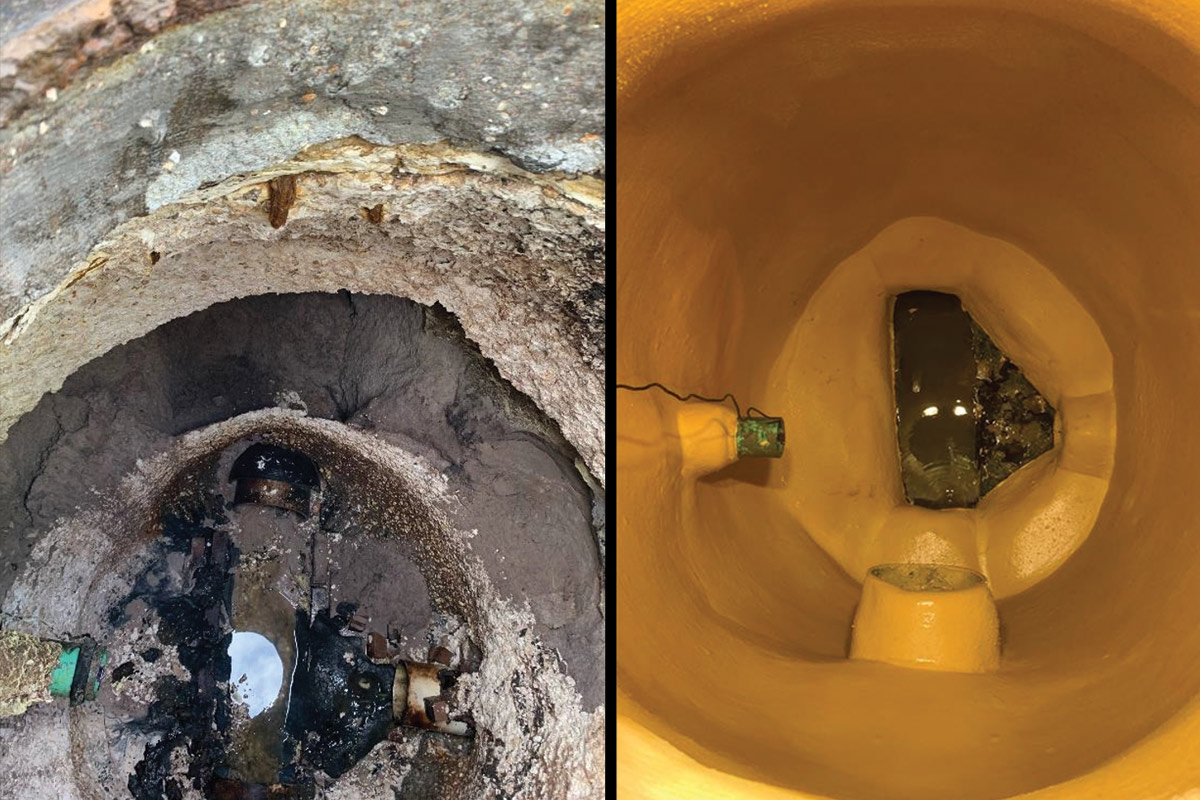
Pump it Up! Bypass Pumps Play Key Role in Successful Trenchless Rehab Projects
Sewer bypass pumps may not get a ton of attention when talking about trenchless rehab projects, but they should.
Sewer bypass projects — whether part of a planned project or an emergency project — divert flow from a gravity sewer or force main without a sanitary sewer overflow. Seems simple enough. But the work and planning that goes into this aspect of a trenchless project are vital to the overall success.
We spoke with several leading bypass pump suppliers for perspective and insight into what goes into a bypass pump project, what equipment is needed and what aspect gets overlooked. We also asked about the evolution of the bypass pump technology and how that has impacted the way projects are done.
“Our nation’s infrastructure is aging and with that comes an increasing need for upgrades and repairs to prevent failures,” says Xylem senior director of sales and services Ken Albaugh. “However, many critical pipelines can’t be taken out of service for long periods. A temporary bypass enables utilities to perform inspections, routine maintenance, repairs or modifications without impacting service to the community … Any emergency bypass can minimize the damage and ensure compliance until the line is repaired.”
There is no disputing that the pump(s) are the star of the show and the heart of the bypass, but as a project gets under way, there are other critical pieces of equipment that make the project go and a success. From properly sized portable pumps, fuel tanks and hoses to reliable monitoring and control systems, having these mainstays will keep your bypass on the right track. But what else is needed and why?
“Pumps and piping sized appropriately for worst case flow requirement but more importantly [is] having redundancy is key to a successful project,” says Sunbelt Rentals national strategic customer manager-pump solutions Ladd Gould. “It is not a question of ‘if’ but ‘when’ a mechanically driven pump will have issues. Therefore, to reduce the impact of downtime or a sanitary sewer overflow, ensure the system has redundancy plumped in and ready for activation.”
Nate Warren, Sunbelt regional strategic customer representative-West Coast pump solutions, adds that having large, double-wall fuel tanks is also a must. “[These] will help ensure the system runs smoothly over long weekends and holidays when it is more challenging to get fuel service deliveries,” he says.
Thompson Pump North Central regional manager Mark Singleton offers this: “When selecting the pumps(s) for the bypass project, it’s critical to ensure they are reliable and environmentally sensitive. Electric pumps or sound-attenuated pumps many be selected based on the actual application. Piping must remain free of leaks for the duration of the project. Knife valves, non-return check valves and gauges must be strategically placed in the system to ensure quality performance is achieved. In addition, floats and various monitoring/notification devices will need to be considered.”
There is no question that the sewer bypass technology and equipment have evolved far beyond how they started out. Everything is faster, user-friendly and more precise. Technology has improved all aspects of the sewer bypass — from the way it is designed, executed and data is collected. What have been some gamechangers?
“The introduction of telematics has changed the game,” says Gorman-Rupp product manager-engine driven and rental James Crist. “Previously, all of the jobs required onsite pump watch. This gets really expensive for long-term jobs. Telemetry provides that peace of mind when no one is onsite.”
Singleton concurs, adding, “The advent of advanced electronic technologies used to reduce emissions and control new diesel engines has opened the door to a multitude of options for oversite and control of a bypass system. These engine technologies can be connected to telemetric systems that allow the operator to not only monitor critical status points of the pump and engine but also allow the operator to manually control a bypass pump from a remote location via a smartphone or computer.”
Albaugh says the smartphone and its capabilities have really opened the door for innovation in the bypass pump arena. “Pumps are getting smarter and controls are becoming more and more sophisticated,” he says. “You can now remotely monitor changing field conditions and pump performance — all from a smartphone. You can start and stop pumps and speed them up remotely. Real-time alerts can tell you if equipment is operating optimally … Smart technology can limit the need for pump watch duty, improving technician safety and saving money on labor hours. It can also improve a pump’s energy efficiency, reduce wear and extend the equipment’s life span.”
Improper bypass design can lead to a multitude of problems — such as spills and pump failures. While all aspects of a planning bypass pump project are important, let’s face it, mistakes can be made or, at minimum, overlooked. There are a few areas that come to mind for our panel that customers have taken for granted or underestimated the importance of when planning their projects. One that came up a few times: flow rates/monitoring.
Gould notes that while time and energy are put into the design and execution, one area Sunbelt finds can come up short in all this is the method of blocking the flow.
“Without blocking the flow, there is no bypass. [Plugging] of the lines can be the most dangerous part of a sewer bypass because there are a few major factors that need to be considered to execute safely,” he says, noting a few of the factors:
- Is there enough room at the suction access point to install the sewer plug, without taking any or all the suction tubes out?
- Can the plug be safely retrieved should the system need to be shut down?
- Has the cabling for the plug been designed to withstand the forces on the plug, should it deflate?
- Is the sewer plug capable of handling the bypass systems’ required surcharge without exceeding the lug’s maximum back pressure rating?

“There are a lot of factors that go into a successful system design,” Albaugh says. “Flow (peak, average and minimum flows) and length of the bypass impact the size of the pumps and temporary piping. Sewer line depth determines the pump strength needed to lift sewage from the suction point.”
He also says to pay attention the site location, space and access to power, as they all can affect your equipment selection.
Crist notes that proper suction is important, as well as the length of discharge and material’s thickness. “For the suction manhole, you want a deep enough manhole so that you can surge the water a bit. This helps to run the pump for a longer period of time when it is on AutoStart,” he says. “Also, extremely deep manholes can be an issue. Of course, you lose flow capacity as lift goes up but anything over 25 ft becomes an issue for surface-mounted pumps. From there, you have to provide a submersible.”
He adds that elevation changes on the discharge can also pose an issue and may require booster pumps that run-in unison with the primary.
The panel also offers these nuggets of knowledge when it comes to planning your bypass projects — success comes down to details, details and more details. There is no room for shortcuts, they say.
“Review the scope of the job closely, walk the job intently, take copious notes and measurements, look for obstacles and make sure you get confirmation either by calculations or written documentation from the engineer or owner,” Singleton says.
Gould and Warren stress not to compromise on sizing the correct bypass system. “Avoid downsizing you bypass to accommodate the existing access, because it will be more costly and difficult to fix after an undersized bypass system is installed,” Gould says.
Warren also says that you need to make sure you are covering all your costs, beyond the usual rental, transportation and labor. “Do not forget operational costs, [such as] fuel, permits and preventative maintenance,” he says.
Albaugh offers this, “No two bypass projects are exactly like. Take the time to understand your system, from flow and pressure to the dynamics of the discharge system. Engage with an expert early to discuss your system and unique challenges. The right partner will help you identify the right solutions.”
Sharon M. Bueno is the editor of Trenchless Technology.




